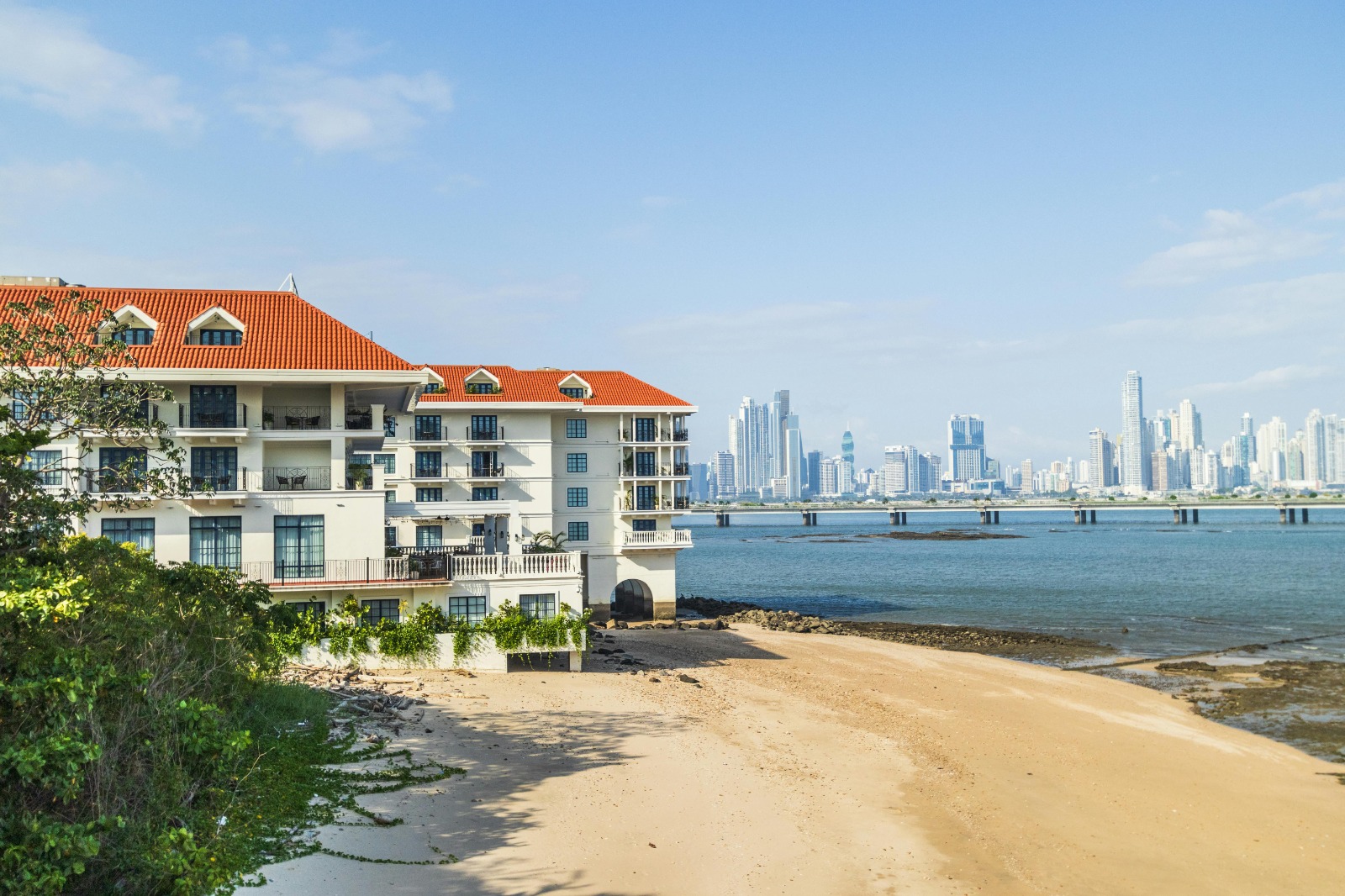The Future of Real Estate: Trends to Watch in 2024

As we move into 2024, the real estate industry is poised for significant transformation driven by evolving consumer preferences, technological advancements, and shifting economic conditions. Understanding these trends is crucial for investors, buyers, and industry professionals looking to stay ahead in a dynamic market. Here are some key trends shaping the future of real estate in 2024.
1. Emphasis on Sustainability
Sustainability continues to be a major focus in real estate. As environmental concerns become increasingly urgent, both developers and buyers are prioritizing eco-friendly practices. Energy-efficient buildings, green roofs, and sustainable materials are becoming standard rather than optional. The demand for homes with features such as solar panels, advanced HVAC systems, and water-saving fixtures is rising. Additionally, urban planners are incorporating more green spaces and sustainable infrastructure into new developments. This shift not only addresses climate change but also adds long-term value to properties.
2. Smart Homes and Technology Integration
The integration of smart technology in homes is advancing rapidly. In 2024, we can expect to see even more sophisticated smart home systems that enhance convenience, security, and energy efficiency. From voice-controlled assistants to advanced security systems, smart home technology is becoming more accessible and affordable. Homebuyers are increasingly looking for properties with built-in smart features, which can improve the quality of life and offer greater control over home environments. The growth of the Internet of Things (IoT) is expected to drive further innovation in this area.
3. Remote Work and Its Impact on Property Demand
The remote work trend, accelerated by the COVID-19 pandemic, is continuing to shape real estate demand. As more companies embrace hybrid or fully remote work models, there is a growing need for homes that accommodate work-from-home setups. Buyers are seeking properties with dedicated office spaces, high-speed internet connectivity, and quiet environments. Additionally, the demand for homes in suburban and rural areas is increasing as remote workers seek more space and a higher quality of life away from densely populated urban centers.
4. Rise of Mixed-Use Developments
Mixed-use developments are gaining popularity as they offer a blend of residential, commercial, and recreational spaces within a single community. These developments provide convenience and a sense of community, as residents have easy access to shops, offices, and leisure activities. In 2024, we can expect to see a continued rise in mixed-use projects, driven by the desire for live-work-play environments that reduce the need for commuting and enhance overall lifestyle quality.
5. Blockchain and Real Estate Transactions
Blockchain technology is making waves in real estate transactions by offering greater transparency and efficiency. Smart contracts and blockchain-based property records are streamlining the buying and selling process, reducing the potential for fraud and minimizing administrative costs. In 2024, the adoption of blockchain in real estate is expected to increase, transforming how transactions are conducted and recorded. This technology offers the potential for faster, more secure, and cost-effective property transfers.
6. Changing Demographics and Housing Preferences
The preferences of different demographic groups are influencing real estate trends. Millennials and Gen Z are becoming the primary homebuyers, and their preferences differ from those of previous generations. These younger buyers are looking for properties that offer modern amenities, sustainability, and flexibility. Additionally, the aging population is driving demand for age-friendly housing solutions, such as single-story homes and properties with accessibility features.
7. Urban Revitalization and Affordable Housing
Urban revitalization projects are transforming city landscapes, with a focus on redeveloping underutilized areas and enhancing infrastructure. Affordable housing is also a growing concern, with efforts to provide more options for low- and middle-income families. In 2024, we can expect increased investment in urban renewal projects and affordable housing initiatives aimed at addressing housing shortages and improving quality of life in urban areas.
Conclusion
The real estate landscape in 2024 is set to be marked by sustainability, technological innovation, and changing consumer preferences. By staying informed about these trends, investors, developers, and buyers can navigate the evolving market and make strategic decisions that align with future demands. Embracing these trends not only enhances the value and appeal of properties but also contributes to a more sustainable and connected real estate environment.




